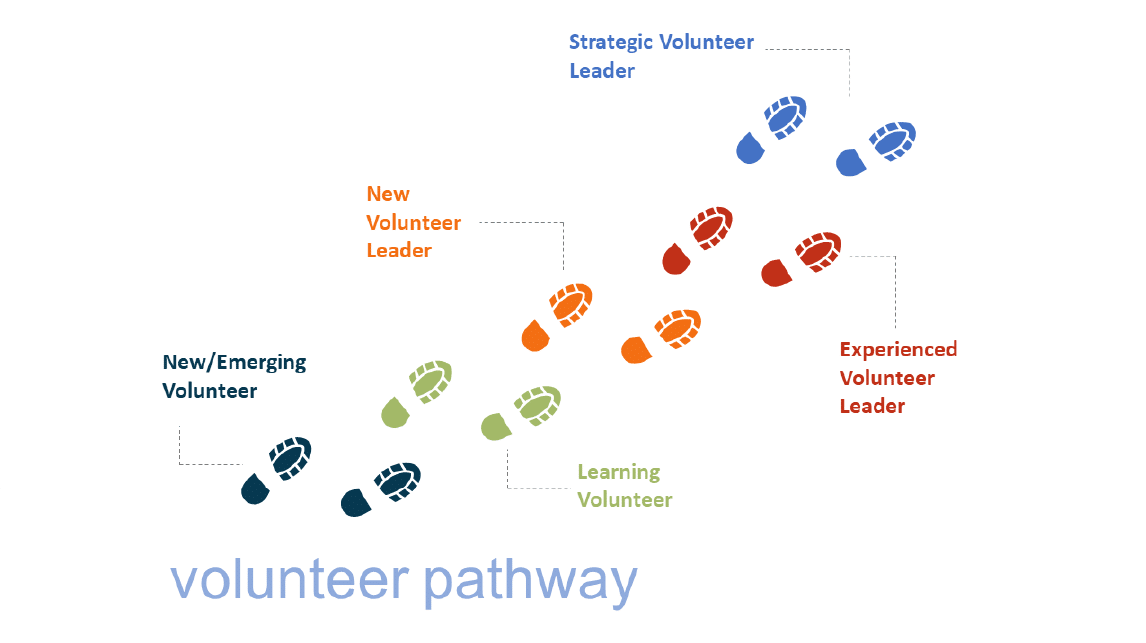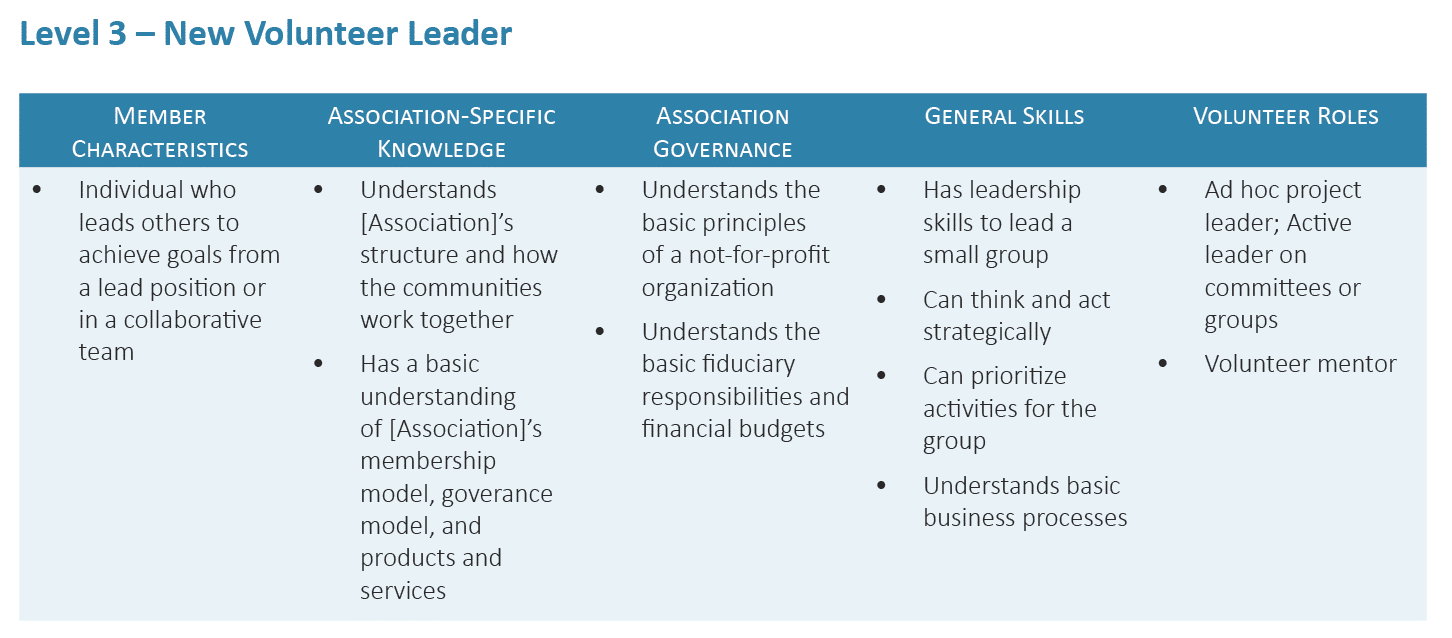The pandemic, social injustice, and economic struggles have taken a toll. People are tired and fragile, including your volunteer leaders, especially those at your chapters, many of whom can’t find anyone to step up and take over chapter leadership. Members say they don’t have the bandwidth to volunteer. The ones who do agree to serve don’t want to dedicate that much time to training sessions.
Volunteer training is a tough sell when it’s not aligned with a member’s goals. But training has to be aligned with the association’s goals too, otherwise, volunteers won’t have a sufficient understanding of association operations and governance; committee chairs won’t be prepared to lead a team or facilitate a meeting; and board members won’t have the necessary leadership skills or strategic mindset.
A more sustainable, mutually beneficial volunteer model would help, say Peggy Hoffman, FASAE, CAE, of Mariner Management, and Kristine Metter, MS, CAE, of Crystal Lake Partners. They’ve been working on a volunteer model that offers resilience to busy, stressed out members and staff. By aligning volunteer training with a member’s motivations and aspirations, members feel a sense of progress and accomplishment as they move along the volunteer pathway. This model—the volunteer learning journey—treats volunteers as lifelong learners, fits their busy lifestyle, and helps them fulfill their aspirations.
When Peggy and Kristine introduced the volunteer learning journey model to an advisory group of association executives and component relations professionals (CRPs), the feedback was positive. Because the model encompassed the entire volunteer journey, the group described it as a refreshing and holistic approach to volunteer management. Its design could involve staff teams from across the organization—membership, education, and governance, in addition to CRPs. The advisory group believes this approach takes the volunteer conversation up a couple of notches.
We’d like to thank our advisory group members:
- Michelle Champion, CAE, California Association of Marriage and Family Therapists
- Lindsay Currie, CAE, Council on Undergraduate Research
- Ann Dorough, CAE, American Institute of Architects
- Nabil El-Ghoroury, PhD, CAE, California Association of Marriage and Family Therapists
- Becky Folger, American Mensa
- David Jennings, CAE, SPHR, SHRM-SCP, Community Associations Institute
- Wendy Mann, CAE, CREW Network
- Susan Mosedale, IOM, CAE, ASIS International
- Diana Tucker, CAE, NAIOP, the Commercial Real Estate Development Association


